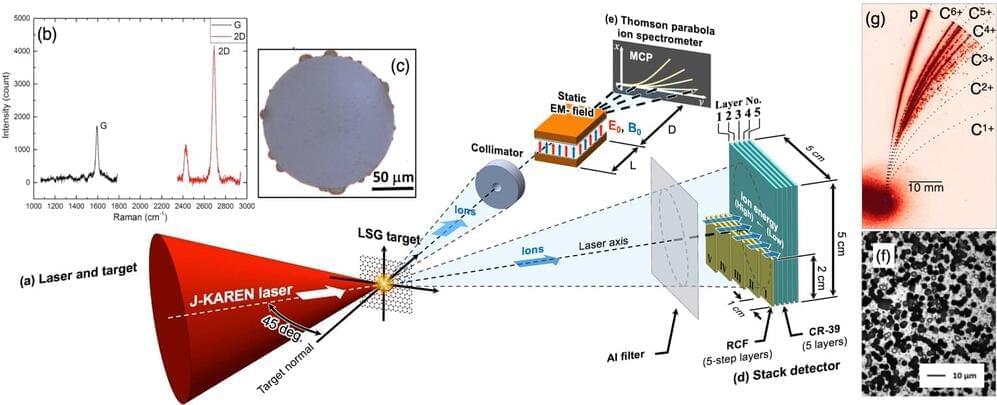Jared Isaacman — the billionaire CEO of payments processing company Shift 4 — is buying three more flights with SpaceX, the first of which is scheduled for this year and could put Isaacman and SpaceX on track to travel deeper into space than any human has traveled in a half century.
The first flight in the series of missions, which are being called “Polaris” after the North Star, is planned for late this year and will last up to five days and include a crew of Isaacman and three other people. It’s expected to travel out to the Van Allen radiation belt, which has an inner band that stretches from about 400 to 6,000 miles above Earth, in part to help the crew research how radiation in space affects the human body. Radiation remains a serious concern for spaceflights to the moon and Mars, as SpaceX says it aims to do, because they would require prolonged exposure to radiation, which can lead to an “increased risk of cancer and degenerative diseases” and other long-term impacts, according to NASA.
When asked on a press call Monday, Isaacman said the Gemini missions of the 20th century, which set altitude records at the time, are a guidepost for how high the first Polaris mission will travel. Gemini missions reached as high as about 850 miles — or about three times higher than where the International Space Station orbits. Isaacman declined to share a specific altitude for the flight.








